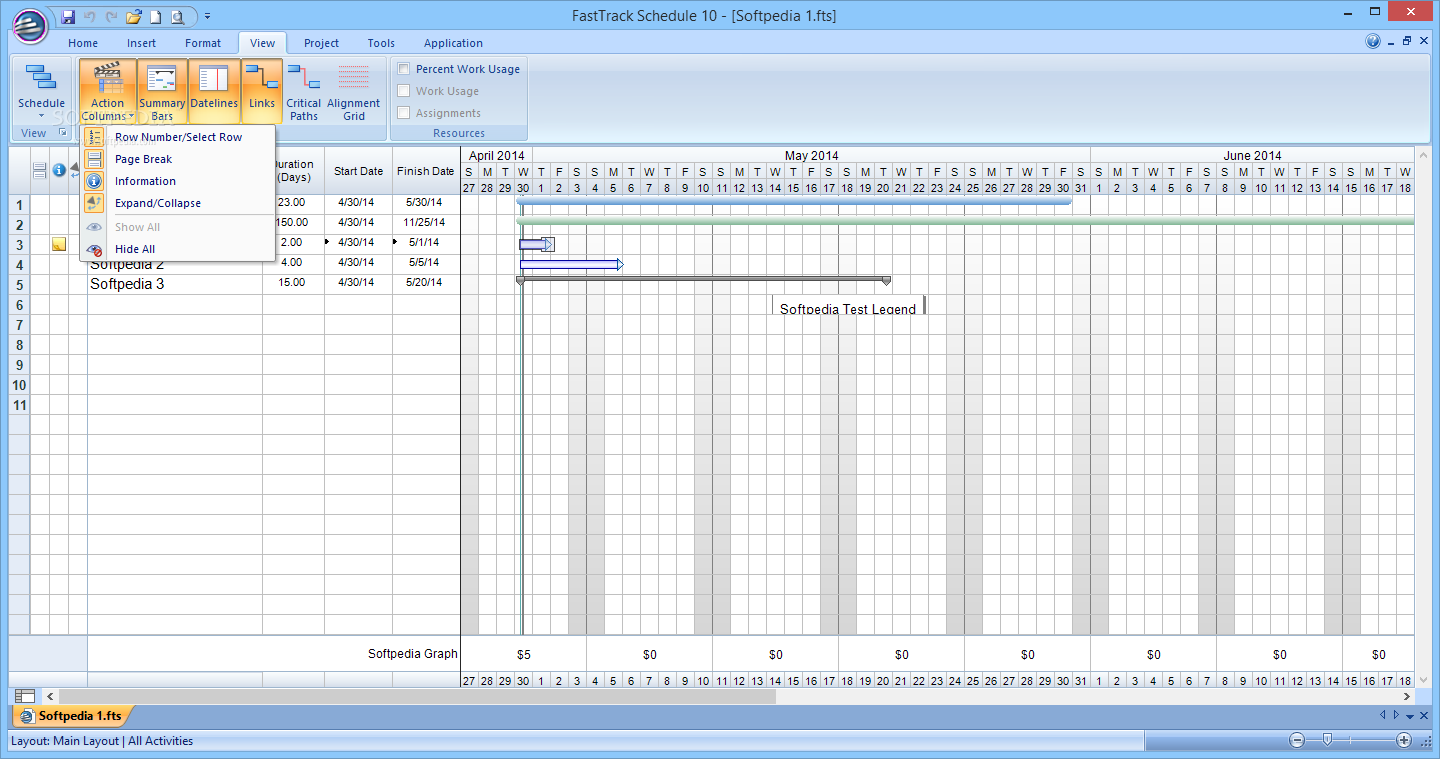
On the other hand, it had been commercial farmers who drove economic growth in the country since independence, employed a third of the national workforce, and generated half of Zimbabwe's exports.

The situation fuelled discontent and, in an attempt to take back control, the government launched a referendum in 2000 - which gave it further constitutional powers - and ran the elections with the motto ‘Land is the economy, economy is the land'." Similarly, much of the land acquired during this time was of poor quality, according to Human Rights Watch: “only 19 percent of the almost 3.5 million hectares (8.65 million acres) of resettled land was considered prime, or farmable”. During the 1990s, less than 1 million hectares of land (2.47 million acres) was acquired and fewer than 20,000 families were resettled. Progress under this first phase of reform was slow, and the number of families resettled by the end of 2000 still fell short of the 1980 targets, as the issue had not been given priority. It established that the government would not engage in compulsory land acquisition, as land distribution was intended to take place under a principle of "willing buyer, willing seller", whereby the government would "pay promptly adequate compensation" for property. The Lancaster House Agreement of 1980 marked the first effort to distribute land more equitably, and contained provisions on land acquisition which protected farm owners. It also made provisions for evicting indigenous farmers to drier and less fertile regions. The Land Apportionment Act of 1930 was the first legislation to establish land segregation legally, designating half of the country's land for whites - who made up only five percent of the population - and assigning them most of the better land. Colonial policies of expropriation gave a minority of white farmers ownership of large areas of arable "commercial" land, while a majority of black families lived in overcrowded, arid "communal areas". Land has been a source of political conflict in Zimbabwe since colonisation, both within indigenous black communities and, especially, between white settlers and the black rural communities. In practice, some individuals had offer letters while others did not.” “While the land acquisition was backed by legislation, actual land allocation had no legal backing, apart from an administrative offer letter that confirmed a right to the land after the allocation. Īllocations were made through "offer letters", which were assigned by ministers and other high-level officials, but there were no formal guidelines for these allocations. The objectives of the LRRP were said to be, among other things, to acquire: “not less than 8.3 million hectares from the large scale commercial farming sector for redistribution (an increase from the five million hectares stated in 1998)”. The Zimbabwean government formally announced the FTLRP in July 2000, and it was then launched in April 2001, with the aim of acquiring land from white commercial farmers for redistribution to poor and middle-income landless black Zimbabweans. Broken down, the 50,000 square kilometres meant that every year between 19, the government intended to purchase 10,000 square kilometres for redistribution.”

“In June 1998, the Zimbabwe government published its policy framework on the Land Reform and Resettlement Programme Phase II (LRRP II), which envisaged the compulsory purchase over five years of 50,000 square kilometres from the 112,000 square kilometres owned by white commercial farmers, public corporations, churches, NGOs and multinational companies. The government then began the process of setting up a ‘fast track' land reform programme (FTLRP).


 0 kommentar(er)
0 kommentar(er)
